Please Sign in or Register now to manage lightbox and cart
Lightboxes - How to use them
A Lightbox is a virtual table where you can collect and view images of interest.
Collect the files you like from any search results page or file close-up page by clicking the 'Add to your Lightbox' icon.
To open and view your selection, click the Lightbox link on the top navigation menu. You can have more than one lightbox if you're working on different projects.
You can email a Lightbox to friends and colleagues for review and discussion before purchase; they will receive an email with a link to the Lightbox that you created.

photographer: Stefano Coltelli
Overlook view of the Salone dei Cinquecento or Five Hundred hall, Palazzo Vecchio, Piazza della Signoria, Florence, Tuscany, Italy, Europe
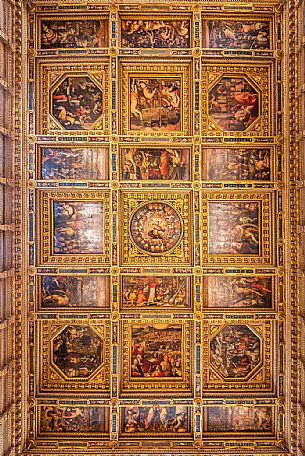
photographer: Stefano Coltelli
Hall of the Salone dei Cinquecento or Five Hundred, Palazzo Vecchio, Piazza della Signoria, Florence, Tuscany, Italy, Europe
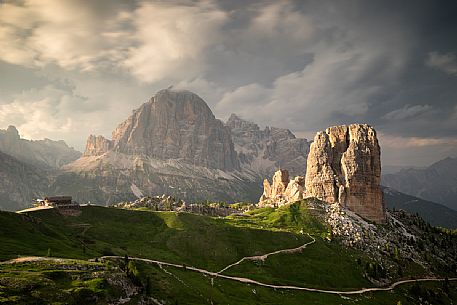
photographer: Alfonso Morabito
Cinque Torri, Scoiattoli refuge and Tofana di Rozes at sunset, Cortina d'ampezzo, dolomites, Veneto, Italy, Europe

photographer: Maria Fancello
Hand water bowls for purification in the To-ji buddhist Temple, Kyoto, Japan

photographer: Maria Fancello
Young girl in the famous To-ji temple gardens, in Minami-ku. Unesco World Heritage Site, Kyoto, Japan

photographer: Maria Fancello
Students in the famous To-ji temple gardens, in Minami-ku. The fives story pagoda, 54.8 meters high, is the tallest wooden tower in Japan and a Unesco World Heritage site, Kyoto, Japan
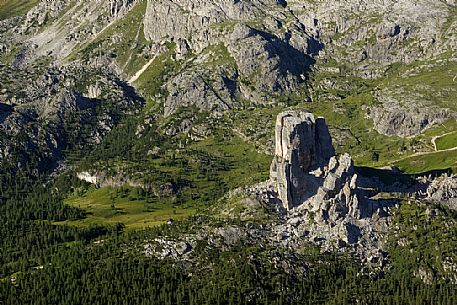
photographer: Sergio Poletto
Cinque Torri mountain from above, Cortina d'Ampezzo, dolomites, Italy
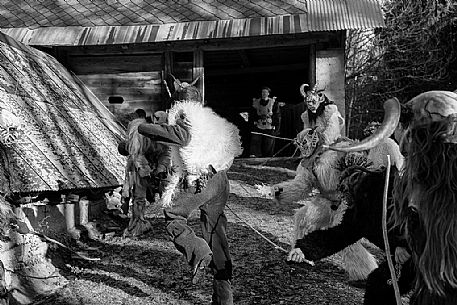
photographer: Maria Fancello
Krampus are horned, antropomorphic folklore figures companions of Saint Nicholas. You can meet them on the 5th or 6th December in regions including Austria, Bavaria, Croatia, Hungary, Slovenia and Northern Italy. This photo was taken in Tarvisio, Friuli Venezia Giulia, Italy
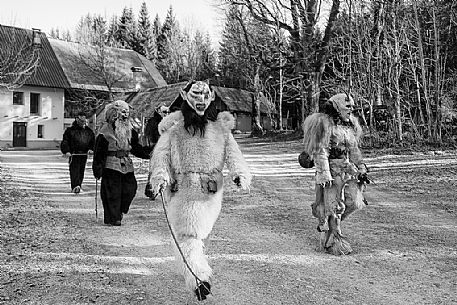
photographer: Maria Fancello
Krampus are horned, antropomorphic folklore figures companions of Saint Nicholas. You can meet them on the 5th or 6th December in regions including Austria, Bavaria, Croatia, Hungary, Slovenia and Northern Italy. This photo was taken in Tarvisio, Friuli Venezia Giulia, Italy

photographer: Martina Vanzo
Children playing outside the Beijing National Aquatics Center (called Water Cube) inside the Olympic Green, the olympic park built for 2008 Summer Olympics, China
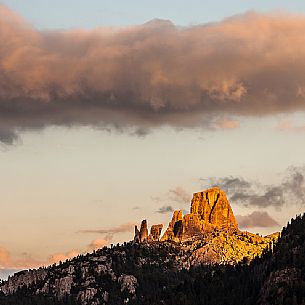
photographer: Luciano Gaudenzio
Sunset on Cinque Torri peak from Valparola Pass, Dolomites, Italy

photographer: Andrea Pavan
Hiker at Fusine lake in a winter landscape, Tarvisio, Julian Alps, Italy
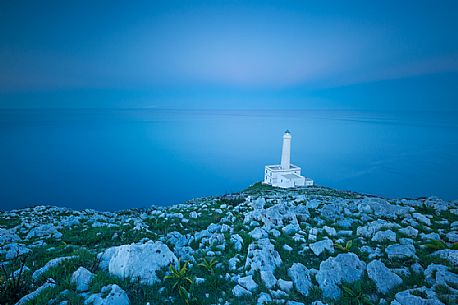
photographer: Marco Faliero
Capo d’ Otranto, also called Punta Palascia, is the easternmost point of Italy and it is located in the municipality of Otranto. The lighthouse placed there, is one of the five lighthouses of the Mediterranean Sea protected by the European Commission .
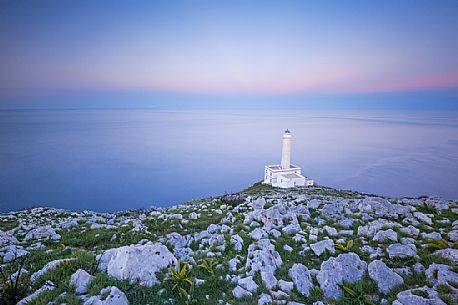
photographer: Marco Faliero
Capo d’ Otranto, also called Punta Palascia, is the easternmost point of Italy and it is located in the municipality of Otranto. The lighthouse placed there, is one of the five lighthouses of the Mediterranean Sea protected by the European Commission .
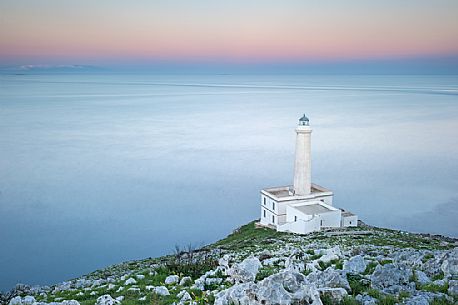
photographer: Marco Faliero
Capo d’ Otranto, also called Punta Palascia, is the easternmost point of Italy and it is located in the municipality of Otranto. The lighthouse placed there, is one of the five lighthouses of the Mediterranean Sea protected by the European Commission .
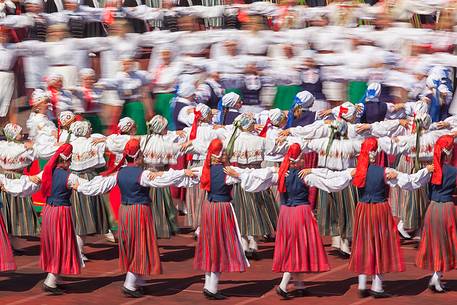
photographer: Anne Maenurm
This is the story of time manifesting itself in our ancestors’ heritage and us shaping our time through our own touches, contacts, caresses and impacts. Song and dance celebrations are an old and very important tradition for Estonia and Estonians (the first song celebration took place in 1869 and the first dance celebration in 1934) and these celebrations are nowadays held every five years. In 2003 our tradition of song and dance celebrations was entered to UNESCO’s List of Intangible Cultural Heritage.

photographer: Anne Maenurm
This is the story of time manifesting itself in our ancestors’ heritage and us shaping our time through our own touches, contacts, caresses and impacts. Song and dance celebrations are an old and very important tradition for Estonia and Estonians (the first song celebration took place in 1869 and the first dance celebration in 1934) and these celebrations are nowadays held every five years. In 2003 our tradition of song and dance celebrations was entered to UNESCO’s List of Intangible Cultural Heritage.
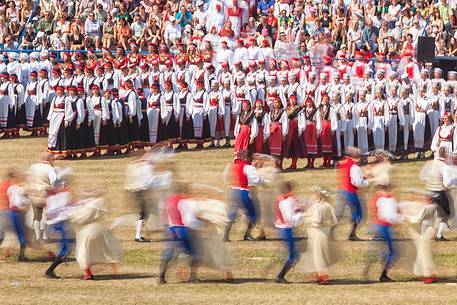
photographer: Anne Maenurm
This is the story of time manifesting itself in our ancestors’ heritage and us shaping our time through our own touches, contacts, caresses and impacts. Song and dance celebrations are an old and very important tradition for Estonia and Estonians (the first song celebration took place in 1869 and the first dance celebration in 1934) and these celebrations are nowadays held every five years. In 2003 our tradition of song and dance celebrations was entered to UNESCO’s List of Intangible Cultural Heritage.
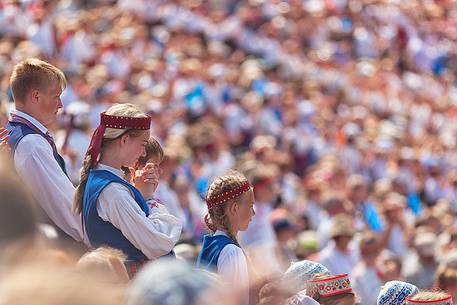
photographer: Anne Maenurm
This is the story of time manifesting itself in our ancestors’ heritage and us shaping our time through our own touches, contacts, caresses and impacts. Song and dance celebrations are an old and very important tradition for Estonia and Estonians (the first song celebration took place in 1869 and the first dance celebration in 1934) and these celebrations are nowadays held every five years. In 2003 our tradition of song and dance celebrations was entered to UNESCO’s List of Intangible Cultural Heritage.
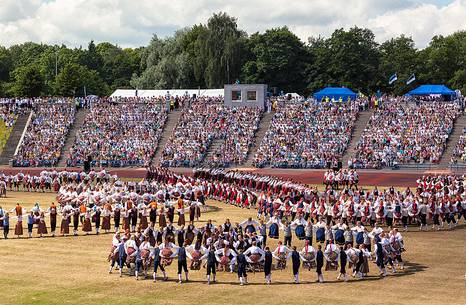
photographer: Anne Maenurm
This is the story of time manifesting itself in our ancestors’ heritage and us shaping our time through our own touches, contacts, caresses and impacts. Song and dance celebrations are an old and very important tradition for Estonia and Estonians (the first song celebration took place in 1869 and the first dance celebration in 1934) and these celebrations are nowadays held every five years. In 2003 our tradition of song and dance celebrations was entered to UNESCO’s List of Intangible Cultural Heritage.
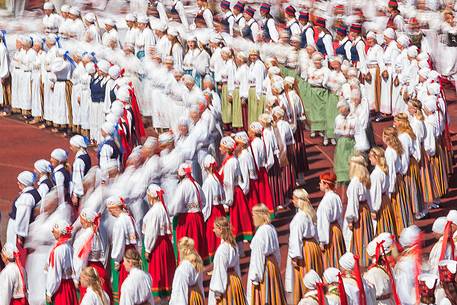
photographer: Anne Maenurm
This is the story of time manifesting itself in our ancestors’ heritage and us shaping our time through our own touches, contacts, caresses and impacts. Song and dance celebrations are an old and very important tradition for Estonia and Estonians (the first song celebration took place in 1869 and the first dance celebration in 1934) and these celebrations are nowadays held every five years. In 2003 our tradition of song and dance celebrations was entered to UNESCO’s List of Intangible Cultural Heritage.
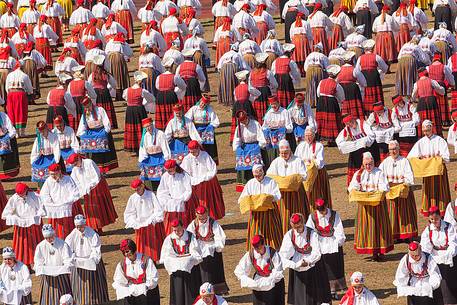
photographer: Anne Maenurm
This is the story of time manifesting itself in our ancestors’ heritage and us shaping our time through our own touches, contacts, caresses and impacts. Song and dance celebrations are an old and very important tradition for Estonia and Estonians (the first song celebration took place in 1869 and the first dance celebration in 1934) and these celebrations are nowadays held every five years. In 2003 our tradition of song and dance celebrations was entered to UNESCO’s List of Intangible Cultural Heritage.
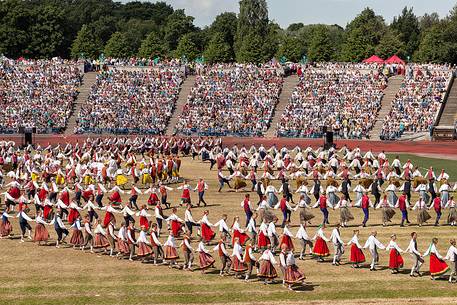
photographer: Anne Maenurm
This is the story of time manifesting itself in our ancestors’ heritage and us shaping our time through our own touches, contacts, caresses and impacts. Song and dance celebrations are an old and very important tradition for Estonia and Estonians (the first song celebration took place in 1869 and the first dance celebration in 1934) and these celebrations are nowadays held every five years. In 2003 our tradition of song and dance celebrations was entered to UNESCO’s List of Intangible Cultural Heritage.
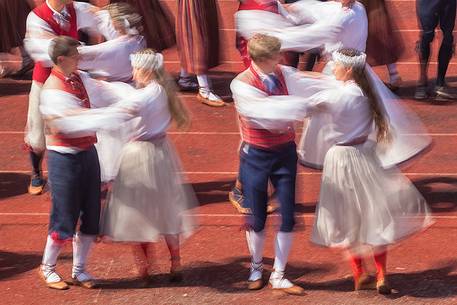
photographer: Anne Maenurm
This is the story of time manifesting itself in our ancestors’ heritage and us shaping our time through our own touches, contacts, caresses and impacts. Song and dance celebrations are an old and very important tradition for Estonia and Estonians (the first song celebration took place in 1869 and the first dance celebration in 1934) and these celebrations are nowadays held every five years. In 2003 our tradition of song and dance celebrations was entered to UNESCO’s List of Intangible Cultural Heritage.
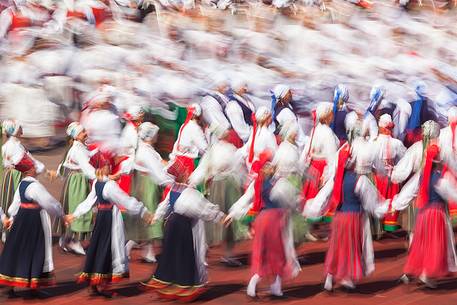
photographer: Anne Maenurm
This is the story of time manifesting itself in our ancestors’ heritage and us shaping our time through our own touches, contacts, caresses and impacts. Song and dance celebrations are an old and very important tradition for Estonia and Estonians (the first song celebration took place in 1869 and the first dance celebration in 1934) and these celebrations are nowadays held every five years. In 2003 our tradition of song and dance celebrations was entered to UNESCO’s List of Intangible Cultural Heritage.
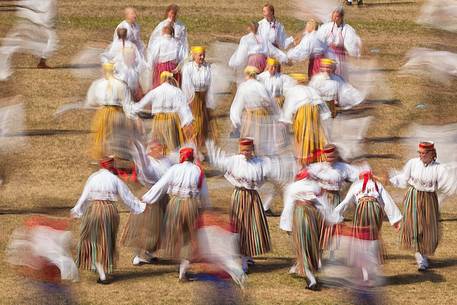
photographer: Anne Maenurm
This is the story of time manifesting itself in our ancestors’ heritage and us shaping our time through our own touches, contacts, caresses and impacts. Song and dance celebrations are an old and very important tradition for Estonia and Estonians (the first song celebration took place in 1869 and the first dance celebration in 1934) and these celebrations are nowadays held every five years. In 2003 our tradition of song and dance celebrations was entered to UNESCO’s List of Intangible Cultural Heritage.
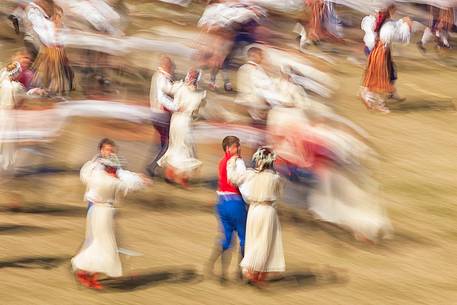
photographer: Anne Maenurm
This is the story of time manifesting itself in our ancestors’ heritage and us shaping our time through our own touches, contacts, caresses and impacts. Song and dance celebrations are an old and very important tradition for Estonia and Estonians (the first song celebration took place in 1869 and the first dance celebration in 1934) and these celebrations are nowadays held every five years. In 2003 our tradition of song and dance celebrations was entered to UNESCO’s List of Intangible Cultural Heritage.
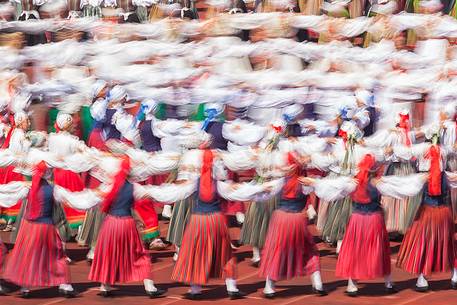
photographer: Anne Maenurm
This is the story of time manifesting itself in our ancestors’ heritage and us shaping our time through our own touches, contacts, caresses and impacts. Song and dance celebrations are an old and very important tradition for Estonia and Estonians (the first song celebration took place in 1869 and the first dance celebration in 1934) and these celebrations are nowadays held every five years. In 2003 our tradition of song and dance celebrations was entered to UNESCO’s List of Intangible Cultural Heritage.
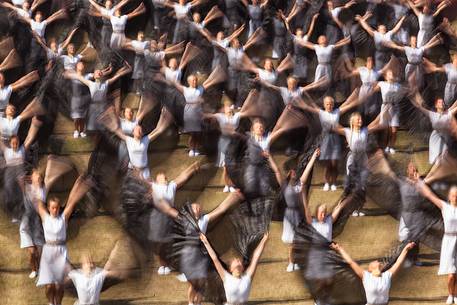
photographer: Anne Maenurm
This is the story of time manifesting itself in our ancestors’ heritage and us shaping our time through our own touches, contacts, caresses and impacts. Song and dance celebrations are an old and very important tradition for Estonia and Estonians (the first song celebration took place in 1869 and the first dance celebration in 1934) and these celebrations are nowadays held every five years. In 2003 our tradition of song and dance celebrations was entered to UNESCO’s List of Intangible Cultural Heritage.
| five : Images found 30 |

